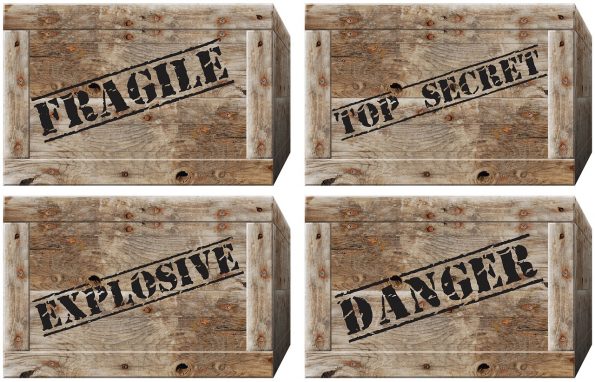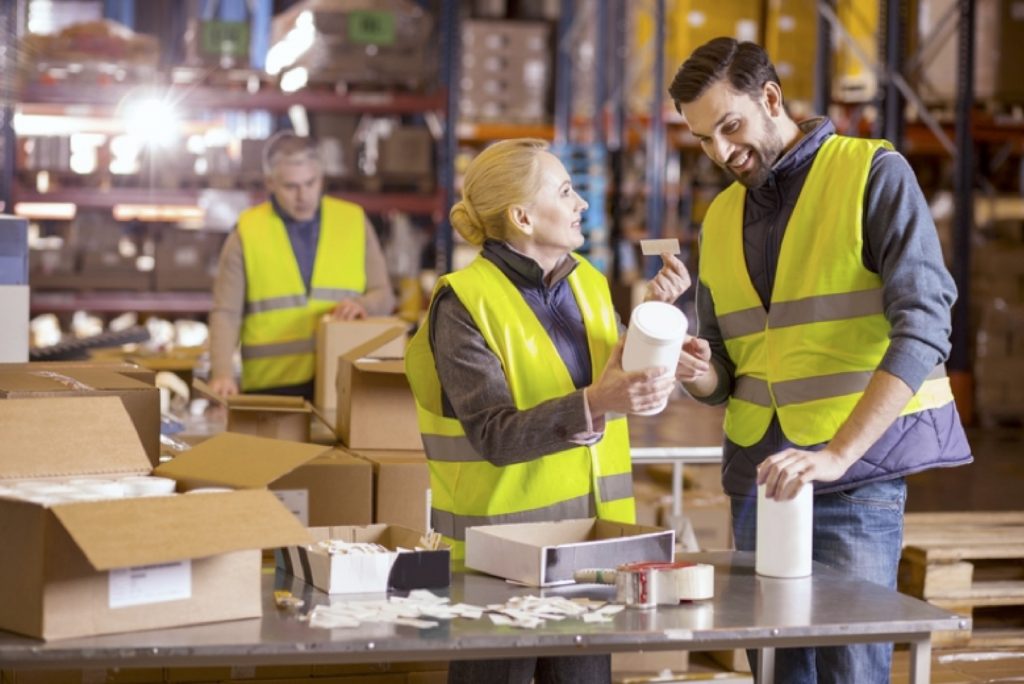A Guide to Custom Packaging for Business
Effective branding is essential, and custom packaging is a powerful tool to enhance a brand’s visibility and appeal. Here, we provide a detailed look at the role of bespoke packaging in business and how you can start, from understanding your specific packaging needs to selecting the right manufacturing partner. We will explore how to design your custom box, the production process involved, and the critical importance of packaging in establishing your brand identity.

The Importance of Custom Packaging in Business
Custom packaging is a key differentiator for businesses looking to stand out in a crowded marketplace. More than just a means to protect your product, it serves as a critical marketing tool that can significantly enhance brand recognition and customer loyalty. A well-designed package communicates the quality and values of your brand before a customer even opens it.
For many consumers, the packaging is a part of the purchasing decision. It can sway buyers towards choosing one product over another, especially in retail environments where first impressions are vital. Additionally, bespoke packaging can be tailored to reflect the unique aspects of your product and brand personality, and create a memorable unboxing experience that encourages customer engagement and repeat business.
Moreover, custom packaging also supports marketing campaigns by integrating with broader promotional themes or seasonal designs. This helps to keep the brand relevant and top-of-mind. In an era where social media unboxing videos can boost visibility, investing in distinctive, eye-catching packaging can generate additional marketing buzz and enhance consumer interaction with the brand.
Understanding Your Packaging Needs
Identifying your packaging needs is the first step toward creating effective custom packaging. This process involves understanding both the practical requirements of your product and the expectations of your customers. Start by assessing the physical characteristics of your product: its size, weight, fragility, and any specific storage needs, such as temperature control or protection from moisture. These factors will determine the materials and structural design your packaging needs.
Consider the customer unboxing experience as well. How your product is presented upon opening can significantly impact customer satisfaction and perception of value. Packaging that is difficult to open, or that fails to protect the product adequately, can deter repeat business.
Sustainability is increasingly important in packaging design. Consumers and regulators alike are calling for more eco-friendly solutions, so consider materials that are recyclable, biodegradable, or sourced from sustainable practices. Regulatory compliance is another crucial factor; make sure your packaging adheres to any specific standards that apply to your product, including international rules if you are trading across borders.
Finally, evaluate how your packaging will align with your marketing objectives. Are there elements of your brand’s visual identity – such as logos, colours, or typography – that need to be incorporated? How will your packaging stand out against competitors on a retail shelf or during an online shopping experience? Answering these questions will help you define a clear set of requirements for your custom packaging.
Designing Your Custom Box
Designing your custom box is the critical phase where creativity meets practicality. The goal is to create packaging that not only looks appealing but also effectively protects and showcases your product. Start by choosing the right materials based on the needs you identified earlier. Options include cardboard, corrugated fibreboard, plastic, or even sustainable alternatives like mushroom packaging or recycled materials. Which material you choose depends on your product’s requirements and your brand’s commitment to sustainability.
Next, focus on the visual design elements. This includes selecting colours, typography, and images that align with your brand identity. Remember, every element on your custom box is a reflection of your brand, so choose designs that communicate your brand’s message clearly and effectively. Utilise high-quality graphics and ensure that logos and brand names are prominently placed for maximum visibility.
Consider the practical aspects of your design as well. For example, if your product is typically sold online, think about how your packaging will look in photographs or how it might handle the rigours of shipping. The packaging of retail products needs to stand out on a crowded shelf and attract consumer attention.
Lastly, prototyping is an essential step. Before moving to mass production, create a prototype of your packaging. This allows you to see and feel how your design works in real life, and makes it easier to tweak and perfect the design before you finalise it. Testing your packaging prototype under real conditions can also help you ensure that it meets the functional requirements and withstands handling and shipping stresses.
The Production Process
Once the design of your custom packaging is finalised, the next step is to move into the production process. This stage transforms your ideas and prototypes into tangible products ready for the market. Understanding the key steps involved will help ensure a smooth transition from design to delivery.
1. Pre-production approval: before full-scale production begins, final designs and prototypes must be approved. This includes confirming the specifications, materials, and design details. It’s crucial to have a sign-off on these elements to avoid costly changes later.
2. Material sourcing: based on the decisions made during the design phase, the appropriate materials are sourced. Quality of materials impacts not only the appearance and feel of your packaging but also its durability and functionality. Ensure that the materials used meet your standards and sustainability criteria.
3. Printing and graphics: this step involves the application of your visual design onto the packaging materials. Techniques vary based on the material and design complexity, from digital printing for high detail and colour accuracy to lithography or flexography for larger runs. Special processes like foil stamping or embossing can also be used to add unique elements to your packaging.
4. Cutting and assembling: once printed, the packaging materials are cut into shape and assembled. This can be done using die-cutting for precise edges and shapes, particularly for intricate designs. The assembly might involve folding, glueing, or securing sections together to form the final packaging structure.
5. Quality control: after the packaging is assembled, it undergoes a quality control (QC) process. This is crucial to ensure that all packages meet the predetermined standards and are free from defects. The QC checks might include structural integrity, print clarity, and correct dimensions.
6. Packaging and distribution: the final step is packaging these units for shipment to either your storage facilities, directly to retail locations, or fulfilment centres. Proper packaging during this stage is essential to prevent damage during transit and ensure that products arrive in pristine condition.
By carefully managing each step of the production process, you can achieve high-quality custom packaging that not only protects your product but also enhances your brand’s market presence.

